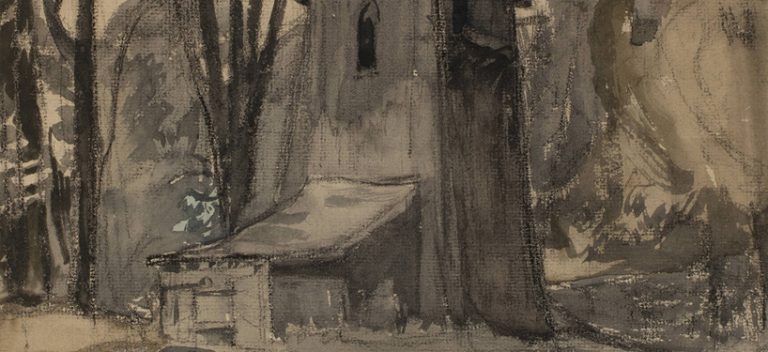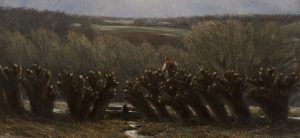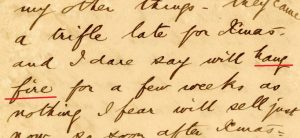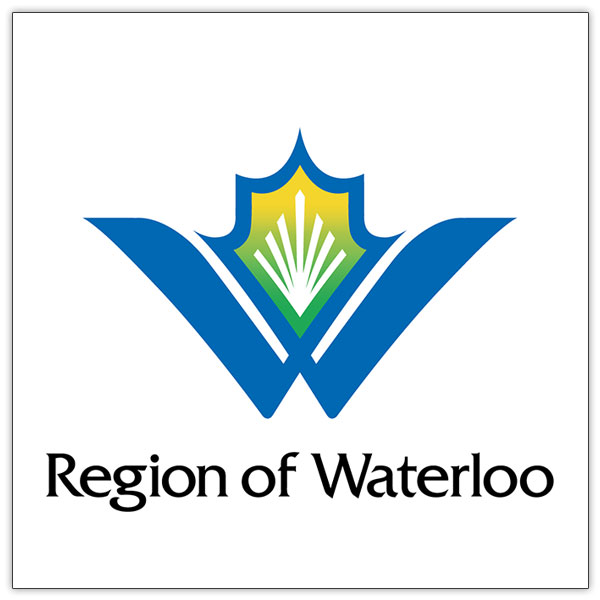Mills and milling have played an important part in the history of Doon. The industry manufactured a variety of products such as twine, wool and lumber. Homer Watson’s family worked as millers, and thus the familiar theme of mills appeared frequently in his artwork. This theme continued to be a tradition for artists at Homer Watson House even after Watson’s death in 1936.
In the 1950s and 1960s, Doon School students and their teachers took local day trips looking for inspiring subjects to paint. A favourite location was the historic Sheaves Tower, in Cambridge. This tower appears multiple times in Doon School artworks within the Homer Watson House & Gallery Collection.
Originally built in 1876, the tower provided power to the Carlisle Grist Mill, further down the Bowman River. The “sheaves” in Sheaves Tower refers to the grooved pulley wheels turned by running water. The tower was active until 1954, meaning that many of the Doon School artists likely saw it in operation.
If you’ve visited Sheaves Tower before, you’d probably recognize it fairly quickly in a painting, though every artist’s interpretation of the structure is a bit different.
This softly coloured version was completed by artist Frank Kells Gustin, who didn’t take up painting seriously until after he retired from the Ontario Bridge Works in 1955.
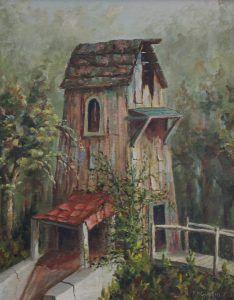
This rendition in bright blues, reds, and greens, was painted by Percy Runnells, an Elora artist, teacher, and military veteran. The piece was designed as a Christmas card and is signed by Doon School Director, Bess Hamilton.
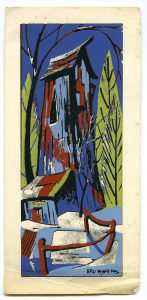
Perhaps one of the most notable depictions is this piece by Frederick Varley, a member of the Group of Seven and a Doon School instructor.

Homer Watson House & Gallery spotlights artworks that represent the many beautiful landscapes and historical landmarks throughout the Kitchener-Waterloo area. These pieces are an excellent example of one of those landscapes. Sheaves Tower is a beloved scene for many artists and is significant as the last standing generator of its kind in Ontario.

